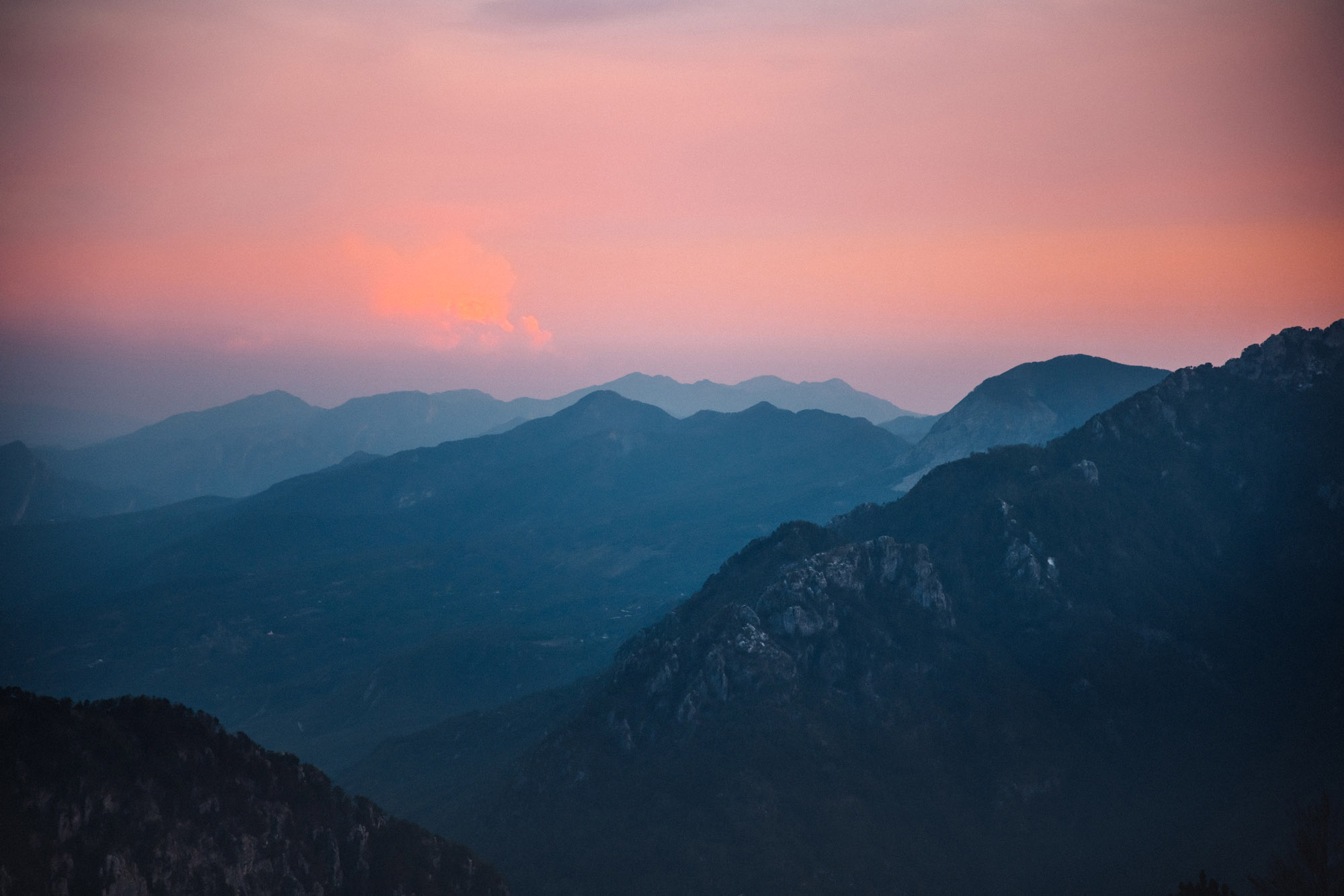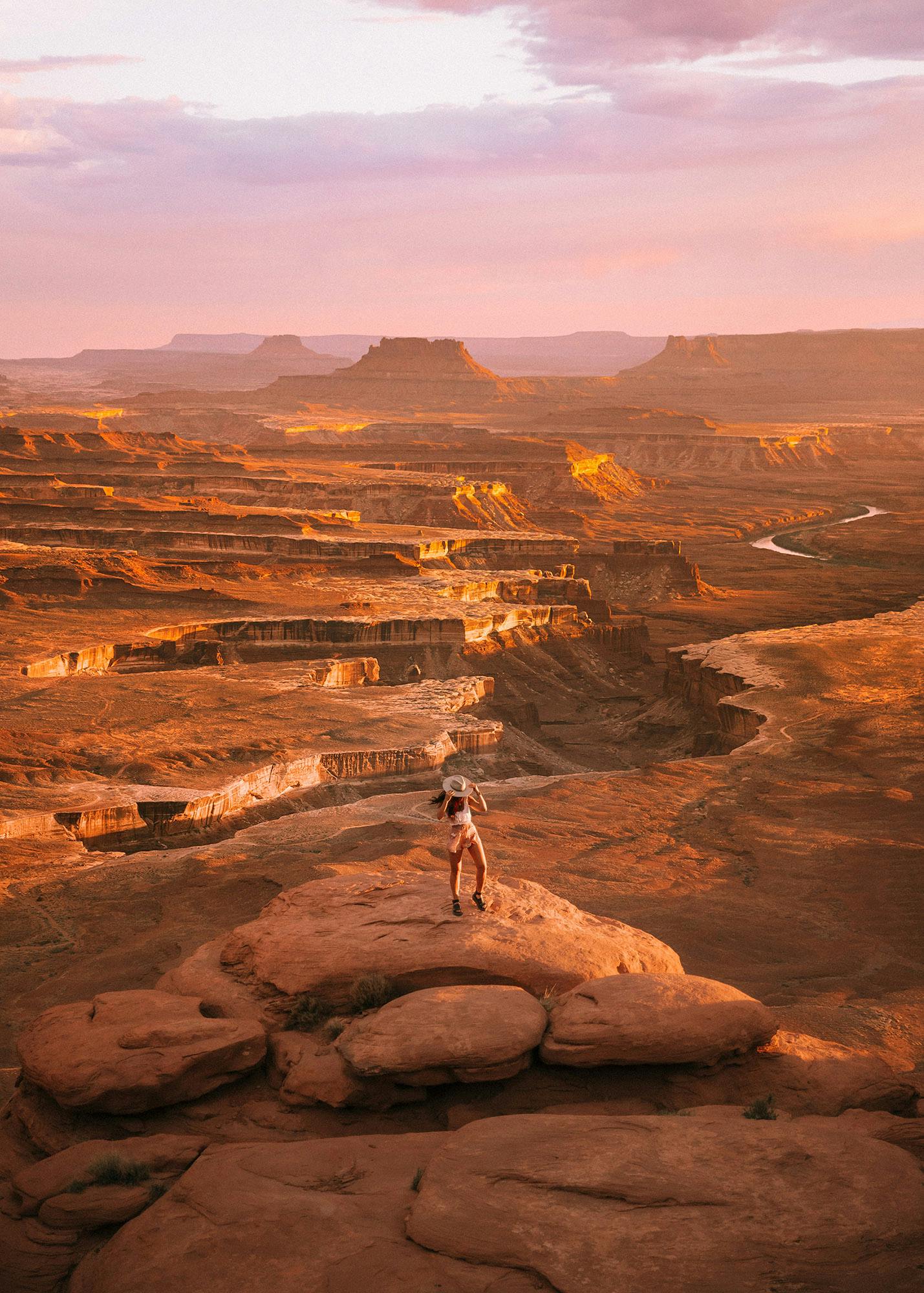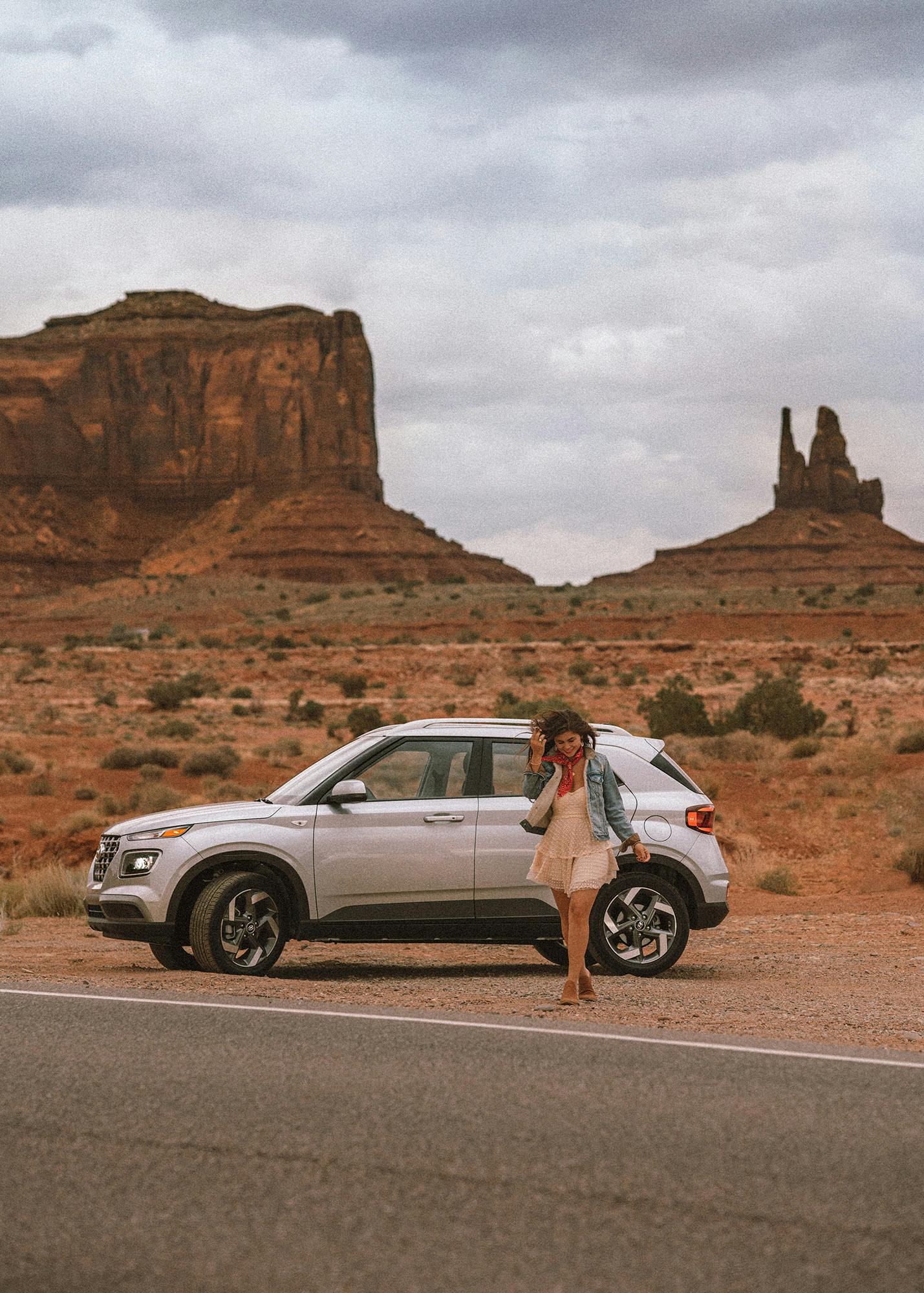How to Drive Mountain Roads Safely: A Complete Travel Guide for Adventurous Routes
Mountain driving needs much more caution than you might expect. Snow-covered mountain roads require about 180 feet - the length of two semi-trucks - to come to a complete stop. Ice makes things even more dangerous, stretching the stopping distance to nearly two football fields. These numbers show why mountain driving deserves serious attention.
The United States offers some of the most stunning road trips through the Rockies and other mountain ranges. Those winding highways and steep grades create unique challenges that need proper preparation and technique. Your vehicle must be ready for the climb before you start any mountain trip. Long descents can make worn brake pads overheat and lose effectiveness. Steep roads also put extra stress on engine cooling systems.
Here are essential mountain driving tips to help you handle those scenic but challenging mountain roads safely. You'll learn what to check on your vehicle before heading to higher elevations. These insights will make your trip as enjoyable as the destination, whether you're planning your first mountain adventure or want to improve your skills on hilly terrain.


Understanding the Challenges of Mountain Driving
Mountain terrain creates unique hazards that go beyond scenic views. Sharp curves appear without warning, steep grades push your vehicle to its limits, and narrow shoulders leave you with almost no room for error.
The altitude brings even bigger challenges to your car. Your engine loses about 3% of its horsepower with each 1,000-foot climb. Your car could run at 24% less power than at sea level when you reach 8,000 feet. This power loss happens because the thin air has less oxygen for combustion, which makes your engine work harder but perform worse.
On top of that, it affects your vehicle in unexpected ways. Your tire pressure rises as you go higher, which can reduce your traction. The cooling systems have trouble because thin air doesn't remove heat well. Your brakes take extra stress, especially when you have long downhill stretches where they might overheat and fail.
Altitude changes affect your body, too. You might get altitude sickness with headaches, tiredness, and dizziness. Studies show that drivers tire more easily at higher elevations. This gets worse on roads where altitude changes quickly, as symptoms develop faster than usual.
These mountain-driving challenges require specific techniques and car preparation that are nowhere near those for regular highway driving.
Preparing Your Vehicle for the Climb
A good vehicle check can make the difference between an incredible mountain drive and a stressful breakdown on those winding roads. Your tires need extra attention because altitude changes affect pressure by a lot - tire pressure goes up by about 0.5 psi for every 1,000 feet you climb. Tires that work fine at sea level might become dangerous when you reach mountain heights.
Your brakes need a careful look too. Mountain roads wear brake pads much faster than regular driving. Take your car for a quick test drive before you leave if you hear any grinding or feel shaking while braking, let a certified mechanic check them right away.
Your car's fluid levels are just as important. Check all six key fluids before you go: oil, radiator, brake, power steering, transmission, and windshield washer. Your battery needs special attention because the mountain cold can reduce its power. The battery's capacity drops about 10% every time the temperature falls 18°F below room temperature.
Your windshield wipers and lights need a good check too; Mountain weather changes faster than you'd expect, and sudden rain or snow needs working wipers. You'll want clear vision for those sharp turns and steep grades that make mountain driving unique.
These checks will give your vehicle the best chance to handle altitude shifts, temperature changes, and rugged terrain safely.


Planning and Navigating Your Route Safely
A successful mountain experience starts well before you tackle those steep grades. You should really research your route and check recent weather forecasts for mountain passes. Mountain regions often have afternoon thunderstorms, so plan your drives with this in mind.
Your gas tank should stay at least half-full during mountain trips. Remote mountain areas have few gas stations, which makes fueling up before isolated stretches crucial. You might want to use apps like GasBuddy or Waze to find fuel stops on your route.
Don't count on cell service alone for navigation. Mountains can block cell and GPS signals, making physical maps essential backups. Make sure to tell someone your planned route and expected arrival time in case something goes wrong.
Drive carefully and watch for wildlife crossing signs - nearly one million animals die on U.S. roads each day. If you encounter animals, brake firmly while staying in control rather than swerving, which could lead to worse accidents.
Mountain road etiquette demands that uphill traffic gets the right-of-way. On top of that, it helps to use pullouts when you see vehicles lining up behind you. Driving at a comfortable pace below your skill level is safer than trying to challenge yourself on unfamiliar mountain roads.
If you ever find yourself in a situation where an accident occurs on one of these remote routes, it’s essential to stay calm and know your options. Accessing reliable resources such as ConsumerShield can help you find legal help for injuries and accidents, understand what steps to take next, and connect with professionals who can guide you through what often feels like a confusing process.

Mountain driving is a challenge that needs our complete focus and preparation. A full vehicle check before heading uphill is crucial for safety. Understanding how altitude affects our vehicles and bodies helps us deal with problems before they happen on remote mountain passes.
The right mix of vehicle care, route planning, and driving skills creates a solid base for a safe mountain experience. Mountain roads might seem scary at first, but they become easier to handle once you adjust your driving style. You can reduce accident risks by taking curves more slowly, using lower gears when going downhill, and keeping a safe distance from other vehicles.
Weather changes faster in mountain areas, so you need flexible travel plans. Quick but controlled reactions help during wildlife encounters - brake firmly without swerving to protect both animals and passengers.
Safety matters, but don't forget to enjoy the stunning views around you. These majestic landscapes are why we pick mountain routes. Mountain driving takes more work than regular highway travel. All the same, seeing America's most spectacular natural wonders makes every careful step worth it. Done right, mountain terrain driving isn't just about reaching your destination - it's an unforgettable experience.




